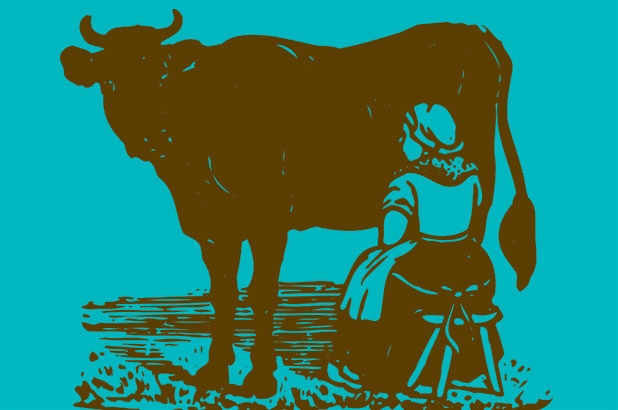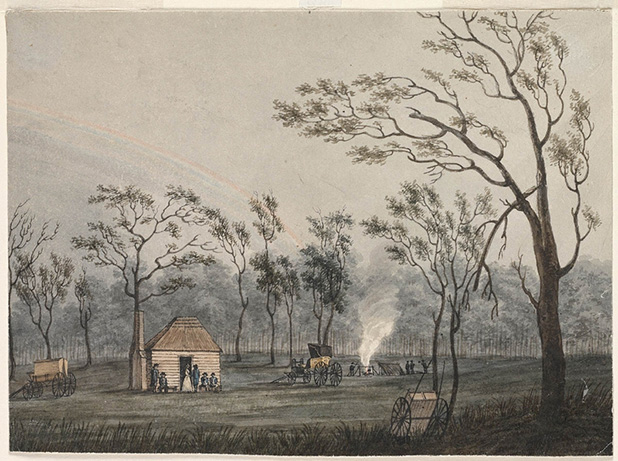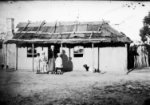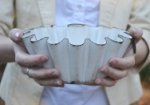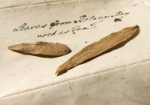We’ve all heard the expression ‘there’s no use crying over spilt milk’ but there were more than tears on June 5, 1788 when a somewhat catastrophic event occurred. On the voyage to New South Wales, the First Fleet stopped in at the Cape of Good Hope for fresh water and supplies. An array of live animals were purchased as breeding stock for the colony, including several head of cattle. Two bulls and five cows survived the trip, and were kept on ‘Cattle point’ the area we now know as Bennelong Point, where the Sydney Opera House stands. A convict was assigned to the task of tending for them, but it seems he was neglectful in his duties. On June 5, 1788, it was discovered that the cattle had escaped.
A gift beyond value
Despite exhaustive attempts to find them in the surrounding bush, and various reports of sightings beyond the settlement, they were not found for seven years, leaving the colonists without milk, butter or cheese until more cattle arrived on the second fleet in 1790. Even then, due to their small number, a dairy cow was a rare asset and dairy produce a gourmet privilege. Elizabeth Macarthur found herself ‘indebted’ to Major Grose, the Lieutenant-Governor, who on top of granting the Macarthur’s 100 acres of the finest farmland yet discovered, on the Parramatta River in 1793 (Elizabeth Farm) presented her with another, highly coveted gift
a very fine Cow in Calf, of which I am very proud, & for … a family in this Country in its present situation, it is a Gift beyond the value than can be placed upon it.
The importance of fresh milk was not underestimated by this young mother who delivered seven babies between 1789 and 1795 (five of whom survived). Several years later, in 1798, Elizabeth was still very aware of so precious a commodity:
I have now a very good Dairy, & in general make a sufficiency of Butter to supply the Family, [which may or may not include domestic servants] but it is at present so great an object to rear the calves, that we are careful not to rob of too much milk.
A right royal hangover?
If we think about what was going on in the colony that fateful week in June 1788, it should perhaps not come as too much of a surprise that the odd convict, and even officers, for that matter, might have slipped up at work. June 5 was the day after the colony’s first King’s birthday celebration, when the colony was in festival mode, fueled by a tot of rum (or several if you had the means), and much revelry with bonfires burning, music playing, feasting and huzzah-ing!
A serendipitous discovery
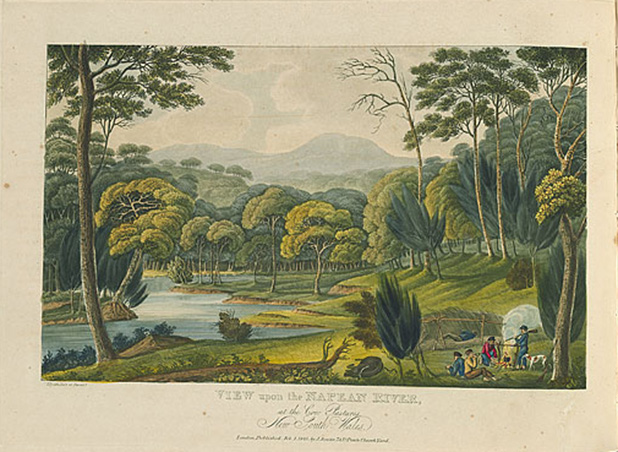
View upon the Nepean River, at the Cow Pastures, New South Wales, from Views in Australia, Joseph Lycett, 1825, etching and aquatint, handcoloured, Gift of the Friends of the Campbelltown City Bicentennial Art Gallery, 1989, Campbelltown Arts Centre
In 1795 the herd was discovered many miles west of Sydney. Its numbers had increased to over 40 head, signifying the viability of the land for grazing and farming and the area became known as The Cowpastures. The area’s name was subsequently changed to Camden, to honour Lord Camden who helpfully endowed John Macarthur with ‘not less than 5,000 acres’ to run his new flock of sheep, but Cowpasture Road, which marks the route that colonists used over two hundred years ago between Prospect (near Parramatta) and Camden still survives today. It, and Cowpastures Bridge which crosses the Nepean River, are reminders of this early colonial tale.
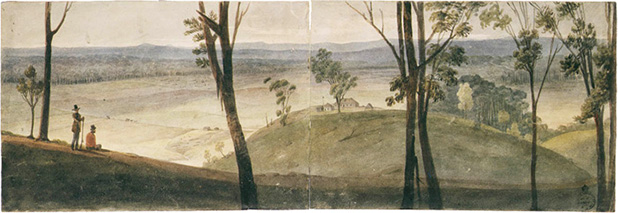
View of the farm of J. Hassel [Hassall] Esqr. Cow Pastures, New South Wales by Augustus Earle, c. 1825. State Library of NSW PXD 265, f. 2
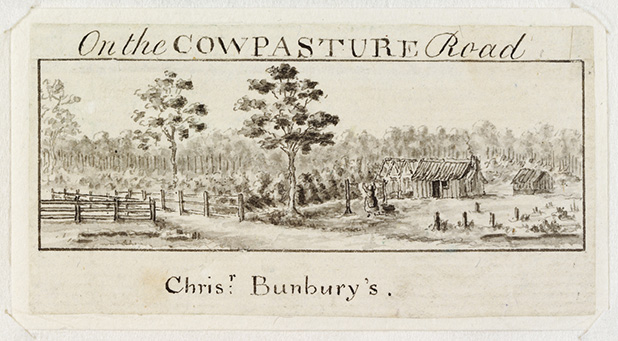
On the Cowpasture Road / Chrisr: Bunbury’s. from Views of Sydney and Surrounding District by Edward Mason, ca. 1821-1823; 1892. State Library of NSW PXC 459
Sources: Hughes, Joy. The journal & letters of Elizabeth Macarthur. Historic Houses Trust of NSW1984
